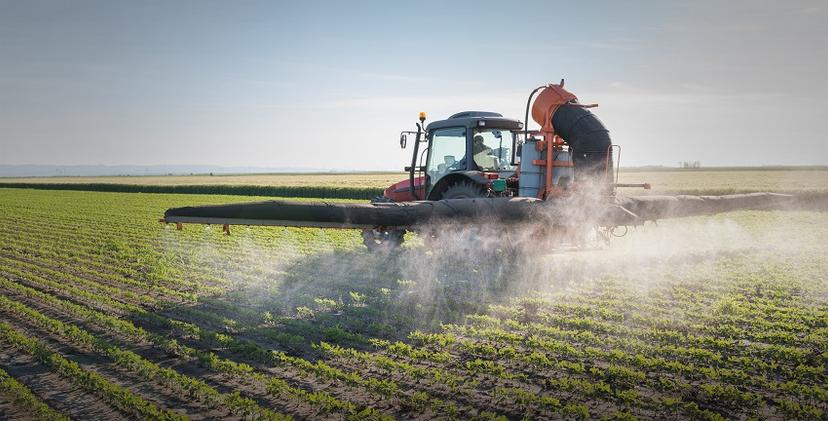A Step Forward in Monitoring Pesticide Residues in Food
Learn about progress being made in the world of pesticide residue analysis
11 Apr 2017

Image credit: Fotokostic/shutterstock
At a presentation filmed at NACRW 2016, Professor Amadeo Fernández-Alba, University of Almeria, discussed the adoption of new technology in pesticide testing laboratories.
The development of high resolution instruments to overcome matrix interferences is very exciting for laboratories. However, as Professor Fernández-Alba pointed out, food control laboratories nowadays are like factories, producing a lot of results, and so the question is how to implement new technologies to improve their results and overall performance.
LC triple quadrupole instruments are very effective and robust but there are some situations where problems arise, such as when the second (identification) transition for an analyte gives a relatively low response. Laboratories need to be aware of issues like this to be able to provide valid results. Another difficulty that occurs with the use of triple quadrupole instruments is in the analysis of complex matrices, such as oranges and coriander, as co-elution of matrix components with analytes of interest can cause problems with ion ratios.
By contrast, working in high resolution, it is possible to separate the analytes from the matrix more easily. But what resolution and mass accuracy is required? Prof. Fernandez-Alba explained that, in one example, a false detect of a bupirimate residue in orange at a resolution of 17,500, was overcome by using the Thermo Scientific™ Q Exactive Focus MS in full scan, at 70,000 resolution.
However, full scan data typically produces only one ion when a minimum of two ions are needed for identification of the analyte. Prof. Fernandez-Alba went on to highlight the two different MS/MS options available to produce fragment ions and facilitate identification: with precursor ion selection (ddMS2) and without precursor ion selection (all ions fragmentation-AIF). He noted that ddMS2 and AIF both provided satisfactory sensitivity, linearity and number of fragments in 11 different matrices. The robustness of the system and stability of mass accuracy were also very acceptable over several days of testing. To continue, he described an overall workflow approach using full scan, targeted MS/MS (ddMS2) and non-targeted MS/MS (AIF-MS2) in a single analysis (FS/ddMS2/AIF-MS2). This approach was evaluated using 166 targeted compounds and 102 non-targeted compounds. For the non-targeted analysis, the results were excellent and, in the case of non-targeted analysis, the results depended on the complexity of the matrix but were typically good.
Non-targeted analysis proved to be useful for low frequency compounds, especially when using single point calibration to speed up the data processing. Prof. Fernandez-Alba added that it was even possible to work without retention time and without standards, but 2-3 ions at 5 ppm mass accuracy or lower were required to be able to provide useful information for the laboratories. He concluded by remarking that the technology was very effective and provided an important step in the development of pesticides analysis techniques.
